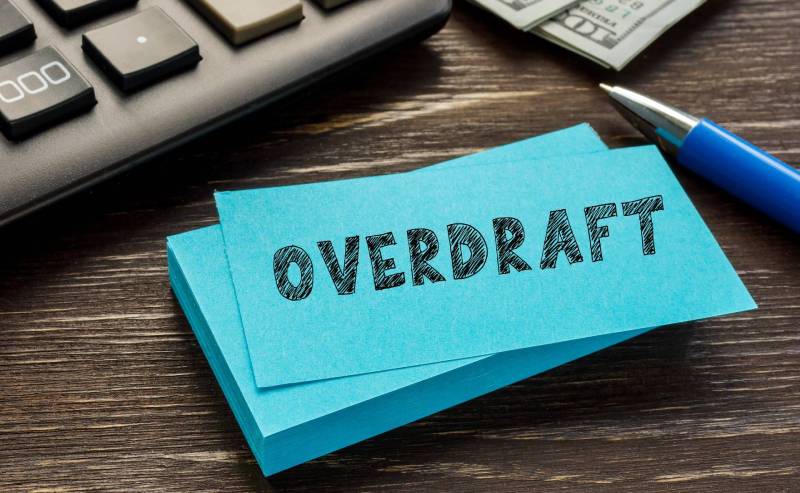How to Avoid Overdraft Fees?

.Overdraft fees can be a frustrating and costly surprise for many bank customers, but there are ways to avoid them. You can either find bank accounts with no overdraft fees or follow these tips to avoid dealing with them:
Table of Contents
Understand your bank’s overdraft policies
Before effectively avoiding overdraft fees, it’s important to understand how your bank’s overdraft policies work. Some banks charge overdraft fees when your account balance falls below zero, while others may allow you to overdraft up to a certain limit before fees are charged. Knowing how your bank handles overdrafts can help you plan and avoid accidentally spending more money than you have in your account. SoFi experts say, “You shouldn’t be charged if you accidentally spend more than you have.”
Opt out of overdraft protection
Many banks offer overdraft protection to prevent declined transactions and overdraft fees. While this may seem like a helpful service, it can cost you more in the long run. For example, instead of declining a transaction that would cause an overdraft. Your bank may allow the transaction to go through and charge you an over-draft fee for the privilege. If you opt out of overdraft protection, your transactions will be declined if you don’t have enough money in your account, which can save you from paying unnecessary overdraft fees.
Use a bank with no overdraft fees
If you struggle to avoid overdraft fees, consider switching to a bank that doesn’t charge them. Some banks, such as Chime and Simple, offer checking accounts with no over-draft fees. These accounts may also have features like automatic savings deposits and budgeting tools to help you manage your money more effectively.
Keep an eye on your account balance
One of the easiest ways to avoid over-draft fees is to keep track of your account balance. This can be as simple as logging into your online banking account regularly or setting up balance alerts to notify you when your balance falls below a certain amount. In addition, keeping track of your balance can help you make informed decisions about your spending and avoid accidentally overspending.
Use a savings account or line of credit for overdraft protection
While opting out of your bank’s over-draft protection service may seem like the best way to avoid fees. It can also leave you vulnerable to declined transactions and inconvenience. An alternative to overdraft protection is to set up a savings account or line of credit that can be used for overdraft protection.
If you have a savings account with enough money, you can set up your checking account to automatically transfer funds from your savings to your checking account if you over-draft. This can help you avoid overdraft fees and keep your account in good standing. Alternatively, you can set up a line of credit with your bank for overdrafts protection. This works like a credit card, where you can borrow up to a specific limit and pay back the borrowed amount plus interest. Just keep an eye on the interest rate. And ensure it is lower than the overdraft fees you would be charged without the line of credit.
Over-draft fees can be a costly and annoying surprise, but they don’t have to be a regular occurrence. By understanding your bank’s overdraft policies, opting out of overdraft protection, using a bank with no overdrafts fees, and keeping an eye on your account balance. You can avoid overdraft fees and better manage your money.
ALSO READ: What Is Metaverse Analizleri Coinotag And How To Get Involved In It
ALSO READ: The Future Of Chatbots In Business With Machine Learning




